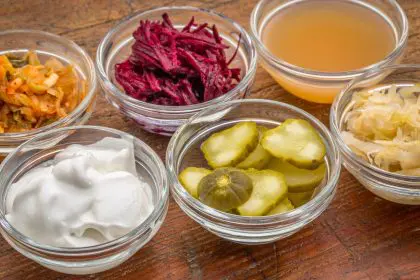 They stand outside in the cold — passing cigarettes, sharing hard-luck stories — and occasionally, a laugh or two. The residents of the Gateway 24/7 Homeless Services Center clearly relish the camaraderie between them, even if it is fleeting, and despite the fact that none of them are here because they want to be.
They stand outside in the cold — passing cigarettes, sharing hard-luck stories — and occasionally, a laugh or two. The residents of the Gateway 24/7 Homeless Services Center clearly relish the camaraderie between them, even if it is fleeting, and despite the fact that none of them are here because they want to be.
“This is my sister,” says Rhonda of her friend and fellow resident, Zatrina. “I’ve been here, off-and-on, for about eight months. But whenever Zatrina’s been here, we’ve looked out for each other. We’ve got kids, and you won’t believe how crazy it gets for a woman sometimes — especially if she [has] kids.”
Rhonda and Zatrina have become close friends through their shared pain, but that doesn’t mean that their companionship is simply a case of misery loving company. On the contrary, they are two of the most jovial people on this dreary morning in front of Gateway. Zatrina jokes around with Rhonda and an orderly who comes outside to chat with the ladies, and Rhonda chuckles and rolls her eyes at the other two. Some of the residents here aren’t as good-humored as these two, however. Just a few feet away, down the block, two men are arguing after one refuses to give the other one change. A security guard comes out and separates them, the large man going inside Gateway, the smaller guy shuffling on down the street. Rhonda and Zatrina look at each other and then resume their conversation.
The homelessness epidemic has no easy answers, and for every individual, there’s a different story as to how they came to be how they are. But for many African Americans living in inner cities, the realities of poverty and the ugly underside of gentrification have forced them to find refuge in places like Gateway. In New York City, for example, 80,000 low-income apartments have been converted and only 8,000 new ones created. The converted apartments are too expensive for the former residents and there is no new space for them to move to. Atlanta has led the country in replacing housing projects with mixed-income developments — with the city of Chicago a close second in that respect. So where do they go? To places like Gateway.
Zatrina is a former addict who cleaned her life up two years ago, but still lost her job in 2008. She’s spent a year-and-a-half looking for work — and almost as much time looking for a home. She has four sons, and her prospects don’t look good as the holidays approach. Yet, she smiles and jokes with Rhonda on the steps of Gateway. After a few minutes, they share a prayer. Those are the recurring themes here, friendship, fortitude and, above all, faith.
“I know this won’t stay like this,” she says. “I know that He didn’t bring me this far to leave me — I really believe that.”
The hope echoing in Zatrina’s words is the lifeblood of a place like Gateway — and it’s imperative to not allow the denizens of the home to lose that hope. As of 2003, roughly 53 percent of all homeless in America are African American, and 36 percent are families with children. During the holiday season, as we celebrate what we are all thankful for and share the warm, loving moments with friends and family — as cliché as it sounds, we should all remember that we are, even in these dire times, in great fortune to be able to provide a roof and food for ourselves and our loved ones. We should never take that for granted.
–todd williams










